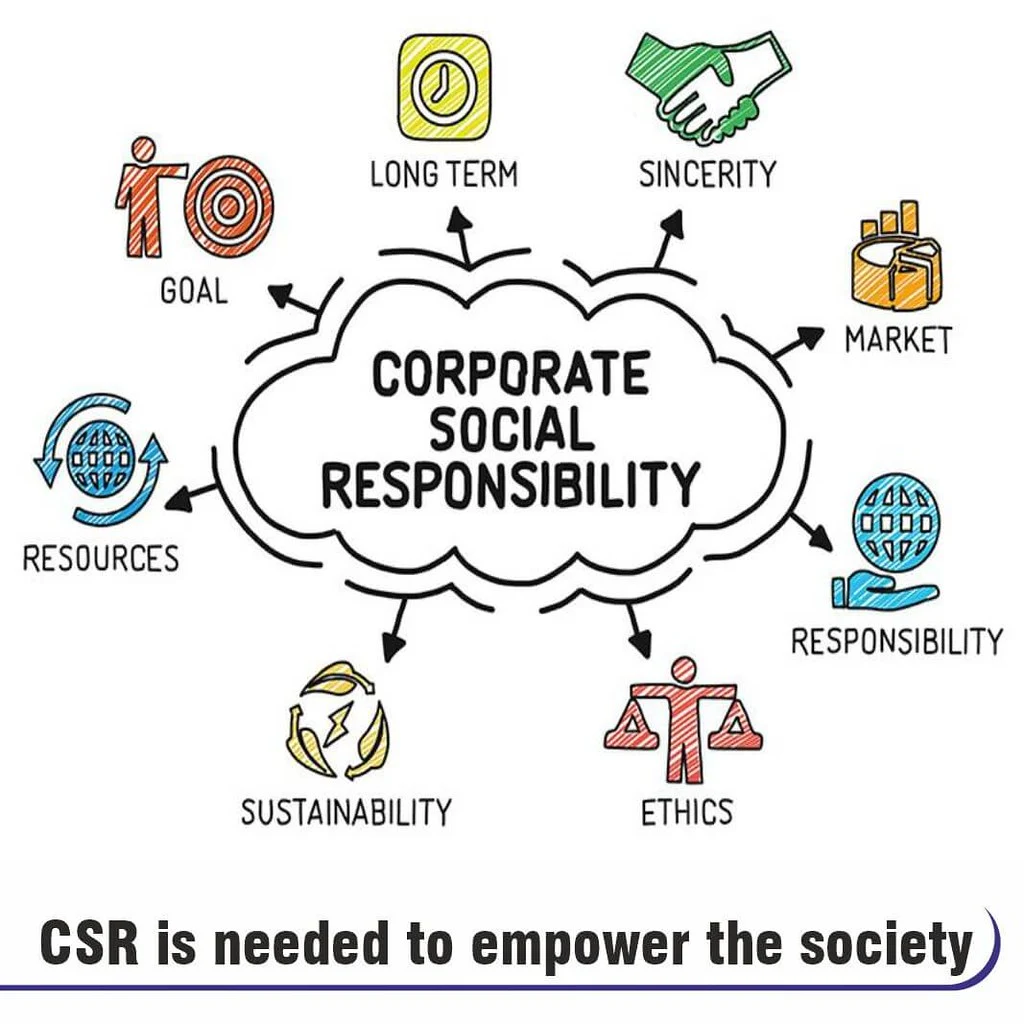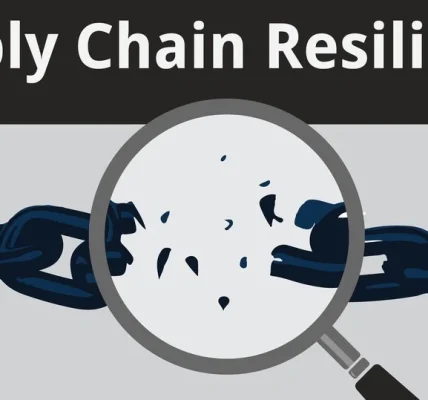Introduction: Redefining Business in the 21st Century
The traditional role of business—focused solely on profit—is rapidly evolving. Today, enterprises are not just economic engines but also powerful agents for social change. From sustainability efforts to community empowerment, businesses are innovating with intent and driving progress in communities worldwide.
Apache Plaza embraces this ethos by exploring the intersection of innovation, ethics, and historical context in shaping impactful business practices.
The Evolution of Business and Social Responsibility
Historically, corporations prioritized shareholder value. But growing awareness of global inequality, climate change, and worker rights has fueled a movement toward conscious capitalism.
Key Shifts in Business Ethics Over Time:
| Era | Focus Area | Business Role | Social Impact Outcome |
| Industrial Age | Mass production | Labor exploitation, resource use | Urbanization, inequality |
| Post-WWII | Corporate expansion | Economic power centralization | Globalization, standard of living |
| Late 20th C. | CSR Initiatives | Voluntary ethical practices | Mixed outcomes |
| 21st Century | Purpose-driven business | Impact-focused innovation | Sustainability, equity, justice |
Key Drivers of Social Innovation in Business
1. Stakeholder Capitalism
Businesses now consider all stakeholders—employees, customers, suppliers, and communities—rather than just shareholders.
Example:
Patagonia reinvests profits in environmental activism while maintaining a strong market presence.
2. Environmental Sustainability
Climate-conscious operations are now a competitive advantage.
- Renewable energy sourcing
- Carbon-neutral logistics
- Sustainable product design
3. Technological Empowerment
Technology enables scalable impact:
- FinTech expands financial access
- EdTech makes education more inclusive
- AgriTech enhances food security
4. Equity and Inclusion Initiatives
Companies are tackling social inequalities through:
- Inclusive hiring practices
- Equal pay policies
- Supplier diversity programs

Business Models that Prioritize Impact
Businesses leveraging innovative models are proving that profit and purpose can go hand in hand.
Social Enterprises
Operate with a dual goal: solving social issues while remaining financially viable.
Example: TOMS Shoes’ one-for-one model helped provide millions of shoes to children globally.
B Corporations
Certified for meeting rigorous standards of social and environmental performance.
Example: Ben & Jerry’s uses its platform to advocate for racial justice and climate change.
Cooperatives
Owned and run by members, often leading to more equitable economic participation.
Example: REI returns profits to members through dividends, encouraging sustainable consumerism.
Strategies for Innovating with Purpose
To integrate impact into core operations, businesses can follow these steps:
- Define a clear mission beyond profit
- Align values with measurable goals
- Collaborate with nonprofits and governments
- Invest in community-focused R&D
- Use data to track and report social metrics
Historical Roots of Business-Led Progress
Business impact isn’t a new concept. History offers inspiring examples of companies effecting change:
Industrial Paternalism (Late 1800s–Early 1900s)
- Cadbury Brothers: Built the Bournville village to offer better living conditions for workers.
- Hershey’s: Developed community-centric infrastructure in Pennsylvania.
Social Movements and Business Responses
- 1960s–1970s: Businesses began adopting equal employment opportunity policies.
- 1980s–1990s: Rise of corporate social responsibility (CSR) initiatives.
These milestones laid the groundwork for today’s impact-first enterprises.
Case Studies: Businesses Driving Real Change
1. Unilever – Sustainable Living Plan
- Reduced environmental footprint
- Improved health outcomes for millions
- Boosted brand loyalty
2. Warby Parker – Buy a Pair, Give a Pair
- Over 10 million glasses distributed
- Empowered local entrepreneurs in developing nations
3. Tesla – Advancing the Clean Energy Movement
- Transformed perceptions around electric vehicles
- Pushed major automakers toward electrification
Benefits of Impact-Driven Business Practices
- Enhanced Brand Loyalty
Consumers favor brands that align with their values. - Employee Satisfaction & Retention
Purpose boosts morale and productivity. - Long-Term Profitability
Sustainable practices reduce risk and build resilience. - Investor Interest
ESG (Environmental, Social, and Governance) metrics now drive funding decisions.
Challenges in Scaling Impact
While the promise is strong, challenges remain:
- Measuring impact accurately
- Avoiding “greenwashing” or performative activism
- Balancing growth with mission adherence
- Navigating regulatory environments globally
Tools and Frameworks to Support Impact Innovation
Businesses use specific tools to structure their efforts:
| Framework | Purpose | Popular Users |
| B Impact Assessment | Measure impact against standards | Patagonia, Allbirds |
| ESG Reporting | Transparency for investors | Microsoft, IBM |
| UN SDGs Integration | Align business with global goals | Nestlé, IKEA |
| Triple Bottom Line | Evaluate people, planet, profit | Seventh Generation, Natura |
Role of Policy and Government Partnerships
For broader change, businesses collaborate with:
- Governments: for public-private partnerships
- NGOs: for issue-specific insights
- International bodies: for policy alignment (e.g., United Nations Global Compact)
These alliances amplify both reach and effectiveness.

Future Outlook: Building a Regenerative Economy
The future of impactful business is regenerative—one that restores, revitalizes, and replenishes.
Emerging trends include:
- Circular economy business models
- AI-driven impact analytics
- Youth-led entrepreneurship focused on equity
Frequently Asked Questions (FAQs)
- What is impact-driven innovation?
Impact-driven innovation refers to creating products or services that generate positive social or environmental outcomes alongside economic value. - Can businesses be profitable while promoting social good?
Yes. Many successful companies like Patagonia, Unilever, and Tesla demonstrate that purpose and profit can coexist. - What is a B Corporation?
A B Corp is a business certified to meet high standards of social and environmental performance, accountability, and transparency. - How can startups incorporate impact from the beginning?
Startups can define a mission beyond profit, adopt ESG practices early, and build scalable solutions to address social issues. - What sectors are best suited for social innovation?
Healthcare, education, finance, energy, and agriculture are sectors with high potential for scalable, socially impactful innovation.
Conclusion: A New Business Imperative
Innovating for impact is not just a trend—it’s a necessity. As society grapples with systemic challenges, businesses have a unique opportunity to lead transformative change. By embedding purpose at the heart of operations and aligning profit with progress, companies can build a more equitable, resilient, and sustainable future.
Apache Plaza continues to champion conversations that bridge business innovation with social consciousness, illuminating how the past informs a more purposeful tomorrow.


